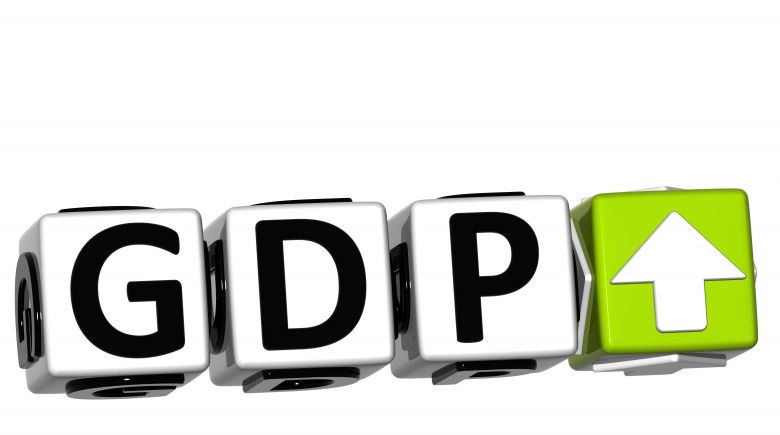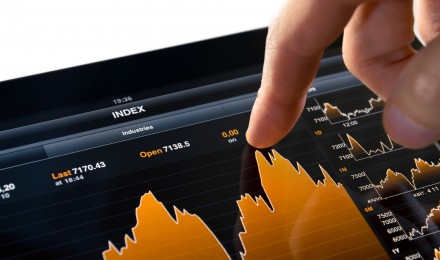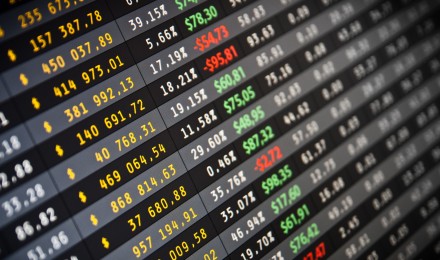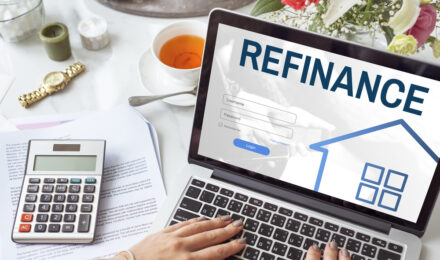The U.S gross domestic product (GDP) increased at an annualized rate of 2.5 percent for the second quarter (Q2), according to the Commerce Department. This is the third and final GDP estimate for Q2 GDP. Although it was not revised from the second estimate, it’s higher than the 1.7 percent rate reported in the initial estimate and the 1.1 percent final growth rate recorded for Q1.
The 79 economists polled by Bloomberg returned projections ranging from 1.8 percent to 3.1 percent. The median estimate came in at 2.6 percent. The rate of growth remains below the level most economists deemed necessary for a healthy economy.
Report details
GDP measures the value of all goods and services produced within the U.S. Each estimate reflects a snapshot of the economy based on the analysis of more complete source data.
Positive contributions to economic growth came from the following categories:
- Personal consumption expenditures (PCE) – 1.8 percent (2.3 percent Q1)
- Durable goods) – 6.2 percent of (5.8 percent Q1)
- Nondurable goods – 1.6 percent (2.7 percent Q1)
- Nonresidential fixed investment – 4.7 percent ( -4.6 percent Q1)
- Residential construction – 14.2 percent ( 12.9 percent Q1)
- Services increased – 1.2 percent ( -1.5 percent Q1)
- Exports of goods and services – 8.0 percent ( -1.3 percent Q1)
- State and local government – 0.4 percent ( -1.3 percent Q1)
The following sectors experienced decreases: federal government consumption expenditures and gross investment (1.6 percent), national defense (0.6 percent) and nondefense (3.1 percent).
The gross price index gained 1.2 percent in Q1. Subtracting volatile food and energy sectors, prices increased 0.8 percent in Q2 versus 1.4 percent in Q1.
Jobless claims down
The Labor Department reports that initial applications for jobless claims dropped by 5,000 to 305,000 for the week ended September 21. Estimates by the 49 economist responding to the Bloomberg survey ranged from 310.000 to 370,000, with a median estimate of 325,000. The four-week moving average fell to 308,000 from 315,000 the week before.
The data show that the labor market continues to make slight improvements, but still has not reached the level of hiring necessary for sustainable growth.
Companies guarded about hiring workers
Businesses remain cautious about the economy, and this has been reflected in the slow pace of hiring. William Gale, the chief financial officer of Cintas Corporation, said “The employment picture from month to month remains uneven and inconsistent, a reflection of business’ uncertainty about future investment plans.”
The primary driver of the economy is consumer spending, which makes up 70 percent of the domestic economy. Economic growth hinges on companies adding more workers to their payrolls, which lead to higher income gain, and consumer spending.
On September 18, the Federal Reserve revised it expectations for economic growth for 2013. In June, the Fed predicted a growth rate of 2 percent to 2.3 percent for 2013—down from 2.3 percent to 2.6 percent.
Prices paid by U.S. residents—the gross price index, increased 0.2 percent in Q2 compared to the second estimate of 0.1 percent.
The U.S gross domestic product (GDP) increased at an annualized rate of 2.5 percent for the second quarter (Q2), according to the Commerce Department. This is the third and final GDP estimate for Q2 GDP. Although it was not revised from the second estimate, it’s higher than the 1.7 percent rate reported in the initial estimate and the 1.1 percent final growth rate recorded for Q1.
The 79 economists polled by Bloomberg returned projections ranging from 1.8 percent to 3.1 percent. The median estimate came in at 2.6 percent. The rate of growth remains below the level most economists deemed necessary for a healthy economy.
Report details
GDP measures the value of all goods and services produced within the U.S. Each estimate reflects a snapshot of the economy based on the analysis of more complete source data.
Positive contributions to economic growth came from the following categories:
- Personal consumption expenditures (PCE) – 1.8 percent (2.3 percent Q1)
- Durable goods) – 6.2 percent of (5.8 percent Q1)
- Nondurable goods – 1.6 percent (2.7 percent Q1)
- Nonresidential fixed investment – 4.7 percent ( -4.6 percent Q1)
- Residential construction – 14.2 percent ( 12.9 percent Q1)
- Services increased – 1.2 percent ( -1.5 percent Q1)
- Exports of goods and services – 8.0 percent ( -1.3 percent Q1)
- State and local government – 0.4 percent ( -1.3 percent Q1)
The following sectors experienced decreases: federal government consumption expenditures and gross investment (1.6 percent), national defense (0.6 percent) and nondefense (3.1 percent).
The gross price index gained 1.2 percent in Q1. Subtracting volatile food and energy sectors, prices increased 0.8 percent in Q2 versus 1.4 percent in Q1.
Jobless claims down
The Labor Department reports that initial applications for jobless claims dropped by 5,000 to 305,000 for the week ended September 21. Estimates by the 49 economist responding to the Bloomberg survey ranged from 310.000 to 370,000, with a median estimate of 325,000. The four-week moving average fell to 308,000 from 315,000 the week before.
The data show that the labor market continues to make slight improvements, but still has not reached the level of hiring necessary for sustainable growth.
Companies guarded about hiring workers
Businesses remain cautious about the economy, and this has been reflected in the slow pace of hiring. William Gale, the chief financial officer of Cintas Corporation, said “The employment picture from month to month remains uneven and inconsistent, a reflection of business’ uncertainty about future investment plans.”
The primary driver of the economy is consumer spending, which makes up 70 percent of the domestic economy. Economic growth hinges on companies adding more workers to their payrolls, which lead to higher income gain, and consumer spending.
On September 18, the Federal Reserve revised it expectations for economic growth for 2013. In June, the Fed predicted a growth rate of 2 percent to 2.3 percent for 2013—down from 2.3 percent to 2.6 percent.
Prices paid by U.S. residents—the gross price index, increased 0.2 percent in Q2 compared to the second estimate of 0.1 percent.







